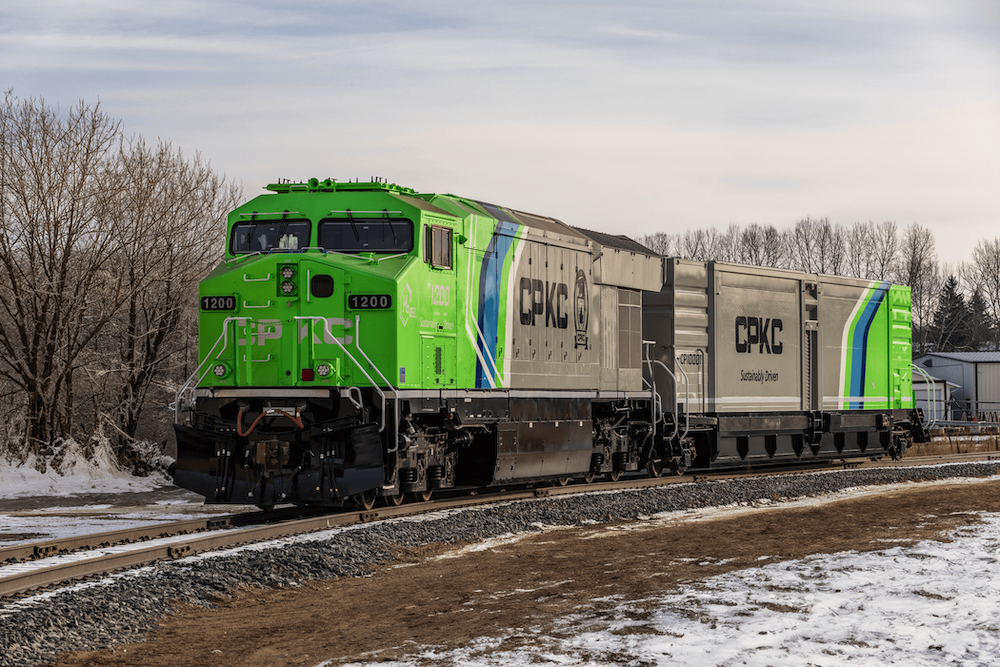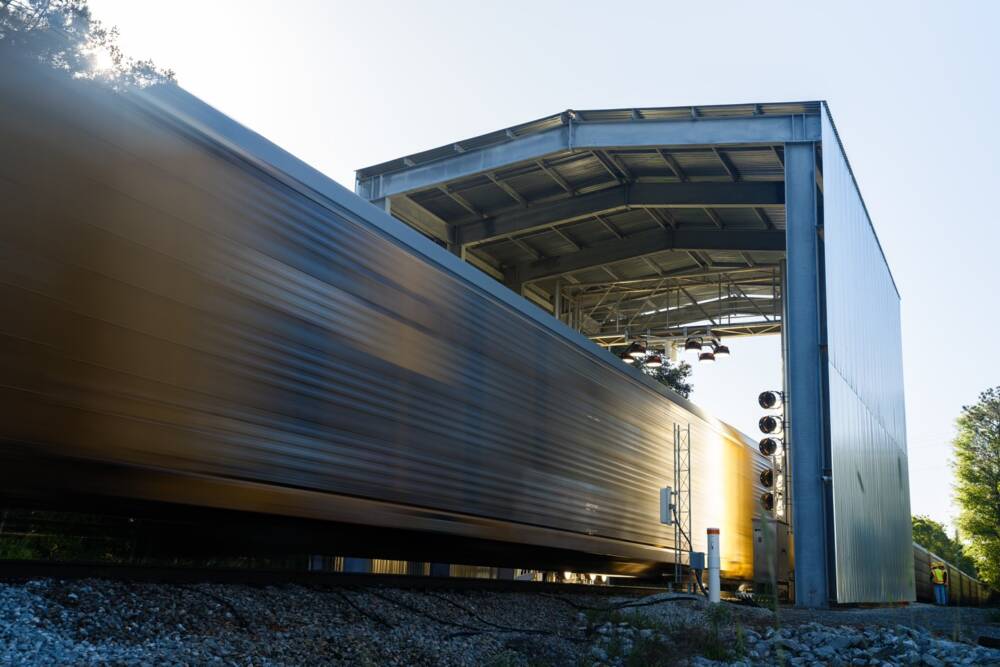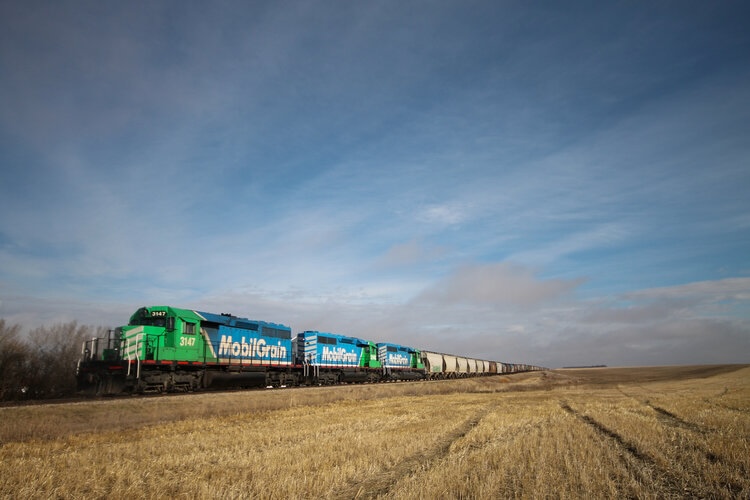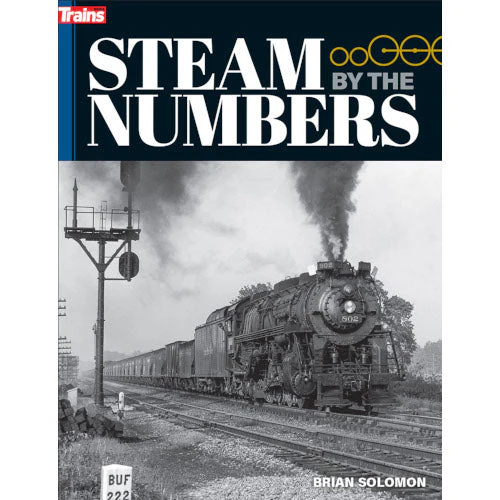After its withdrawal from service No. 741.120 was preserved in Pistoia. It was restored to working order in Moretta and in September the engine was serviceable again.
Its first run was a three-car private charter for a group of poets over the Faentina line from Florence to Faenza, Italy, on Oct. 13. From Florence the train ran via Vaglia to Borgo San Lorenzo. North of Borgo San Lorenzo there is a12-mile tunnel through the Apennines. Usually steam trains are only allowed to pass through this tunnel with a diesel locomotive as the leading engine. However an exception was made and the train passed through the tunnel without diesel assistance. The road around the tunnel is very curvy; in fact, it is a mountain pass. However, even though it was not a photo special, the train waited for photographers at the tunnel exit: a very nice gesture from the crew.
There was a strict schedule for reading poems in each coach throughout the journey between Florence and Faenza (and even further to Bologna with an electric locomotive). In Faenza the engine was turned in the shop, where there is an operational turntable and a water column. Because the poetry train went on to Bologna with the electric, the steam locomotive returned to Florence light engine. – Information from Ad van Sten.














